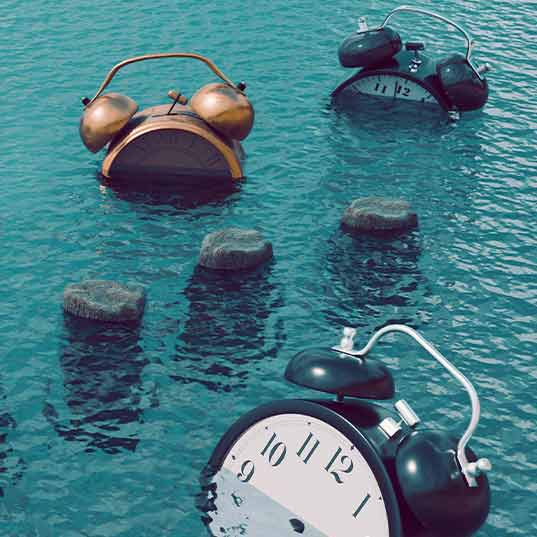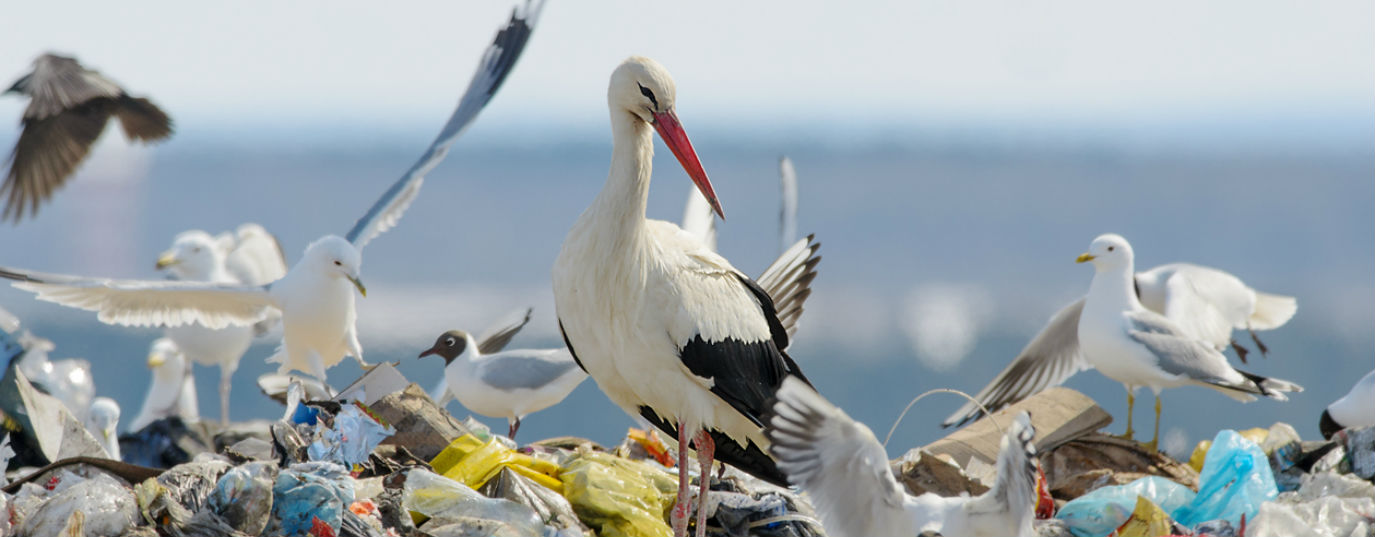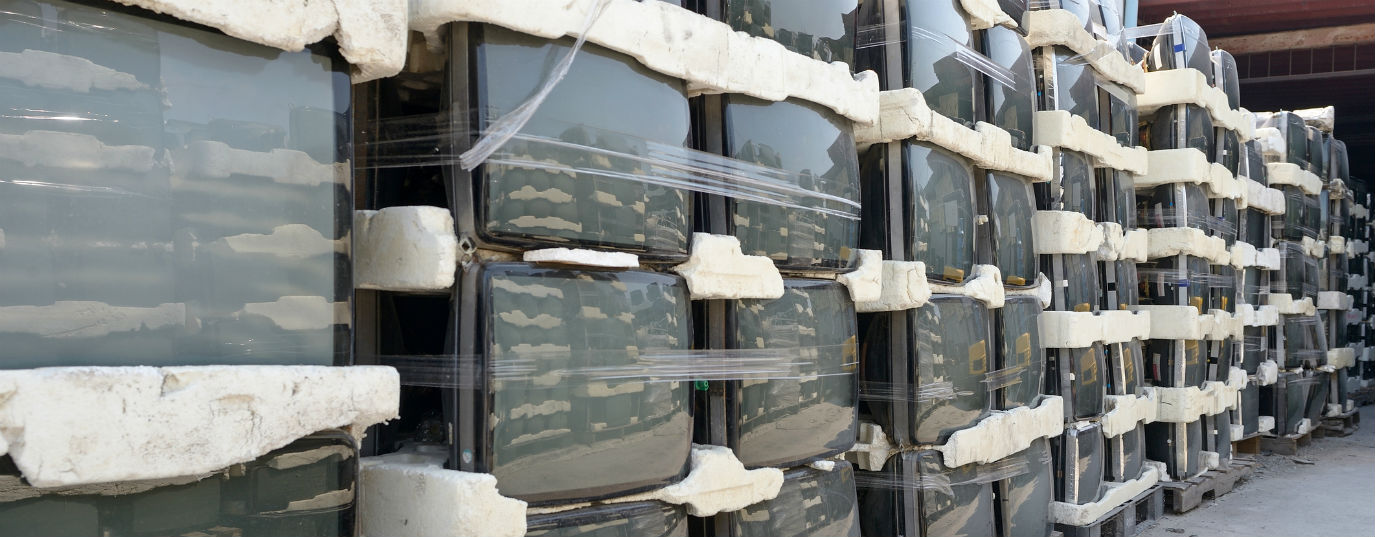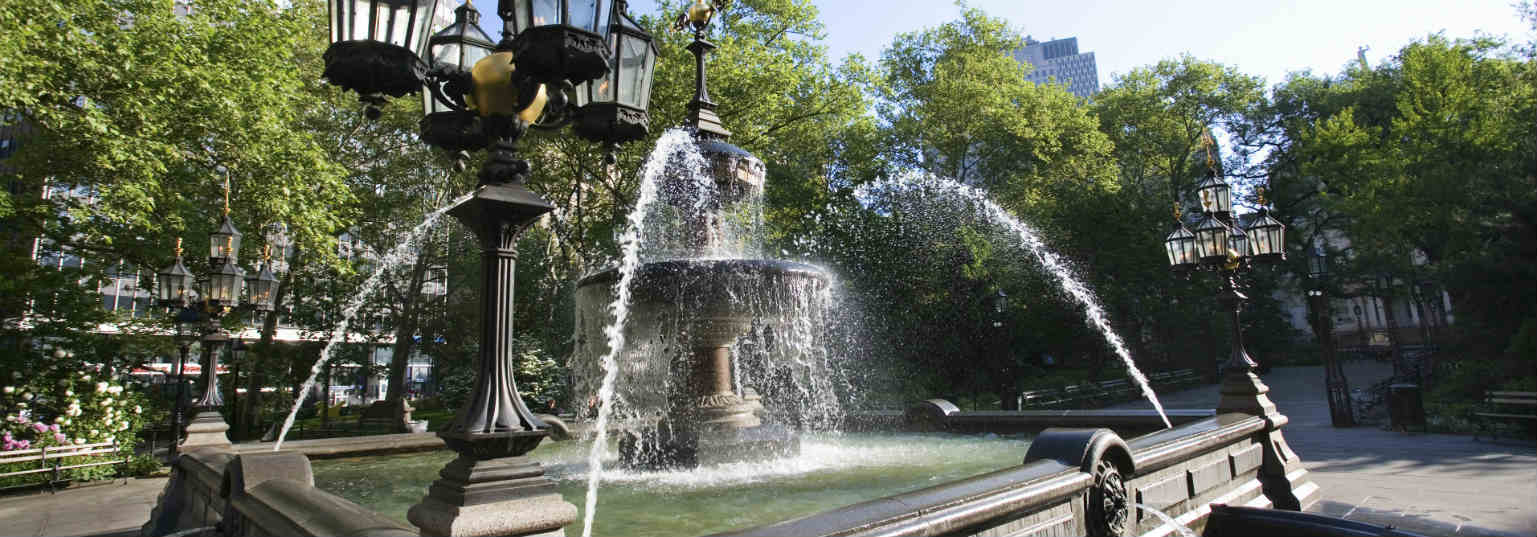Waste generation and management
Circular economy or the rule of the 3 Rs are some solutions to solve the waste generation and management problem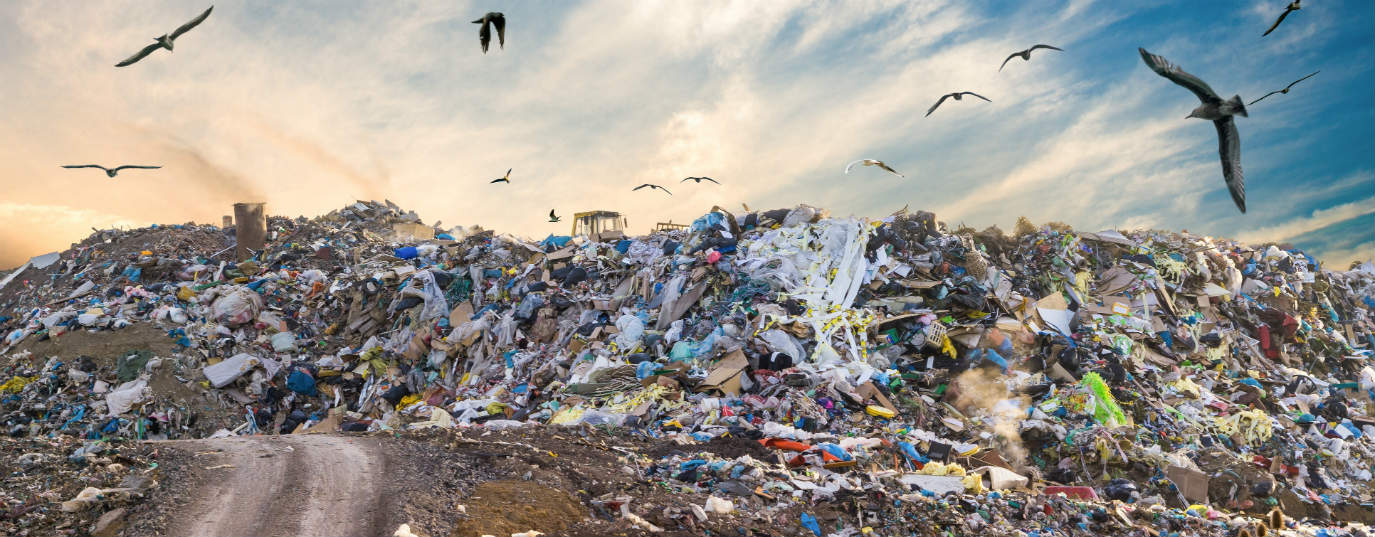
The growing world population is causing negative impacts on the planet. The current model of production and consumption generates a lot of waste that, in many cases, does not get reused or recycled. For instance, in Europe, every citizen generates an average 1.69 kg of waste a day, i.e. 620 kg per year. Sixty percent of the volume of waste generated comes from packaging and product containers, often designed for just a single use.
Until only a few years ago, waste management focused mainly on sending it to tips to pile up or to incinerators. This solution is unsustainable for several reasons:
- It carries serious risks for the environment, living beings and human health
- It does not reduce the consumption of resources (raw materials and energy)
- It does not act on the cause (the consumption model), only on the consequence (waste management).
Linear v. circular production model
Until recently, the production and consumption model was primarily linear, i.e. it consisted of a sequence of stages from resource extraction, production and consumption to the discarding of waste. This system is highly inefficient and unsustainable in time. We live on a finite planet in which consumables (fuels, materials) are limited for a demanding and growing population. Also, both productive processes and waste generated very often have a high impact on the environment and living beings.
The way to combat these effects is to change our model of production and consumption, changing from a linear economic model to a circular economy, which emulates nature by converting waste into resources. This type of economy promotes, right from stage one, the reduction of consumption, taking into account a product’s useful life and, at the end of that, its reuse or recycling.
But, to implement the circular economy model, it is necessary to change the mentality of companies and consumers. Companies, for their part, need to adopt product design according to circular economy principles, using waste as raw materials and reducing non-reusable products.
The circular economy production model advocates using as many biodegradable materials as possible in manufacturing consumer goods – biological nutrients – so that these can return to nature without causing environmental damage once their useful lives are over. In cases where it is not possible to use eco-friendly materials – but technical nutrients: electronic and metallic components, batteries, etc. – the aim is to facilitate their simple demounting to give them a new life and reincorporate them in the production cycle to make a new item. When this is not possible, they are to be recycled in an environmentally respectful way.
Consumers and the 3 Rs rule
As for the role of consumers, they also have a key responsibility in terms of how they act. They need to use products responsibly, putting into practice the rule of the 3 Rs: Reduce, Reuse and Recycle.
Reduce implies preventing the formation of waste: modifying production models, our consumption habits and acquiring products responsibly. Reusing signifies using a product again for the same function (repairing it) or an alternative use, lengthening its useful life. Finally, Recycle permits us to make use of the different materials in waste and introduce them into the production cycle as raw materials.
The 3 Rs rule is hierarchical, i.e. the actions are ordered according to the priority we need to give them:
First, Reduce consumption of natural resources, products, etc.
- Then, Reuse products
- Finally, only when the first two actions are not possible, Recycle.
But how can we do it? Here are some ideas for putting the 3 Rs into practice as consumers. To Reduce our consumption, we can:
Limit buying use-and-throw products or those that come in voluminous packaging
- Reduce the use of plastic bags in shopping
- Use electro-domestic equipment more efficiently
- Find the products we need through the collaborative economy
- Make use of public services offered by city and town halls.
As for the Reuse of products, it is mainly achieved by:
- Trying to repair electronic goods instead of buying new ones
- Becoming more creative in giving a new life to objects that have already been used.
And, finally, to Recycle, we need to separate different waste correctly and throw it into the correct container or take it down to the local recycling point. Using the 3 Rs rule results in many benefits for society and the planet. Changing the production and consumption model, and helping to create sustainable development and a better future for everyone, is very much in our own hands.


